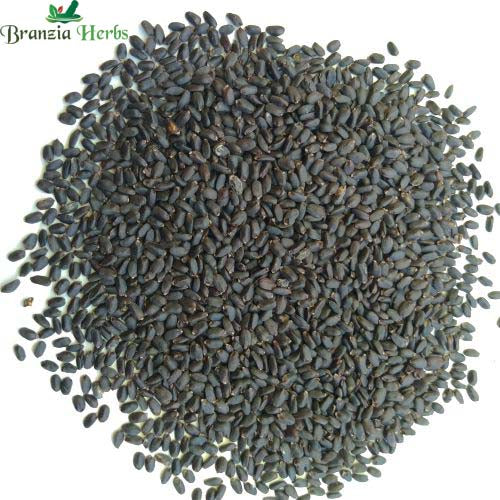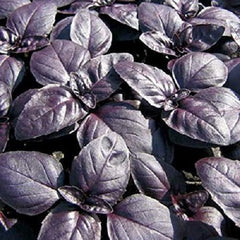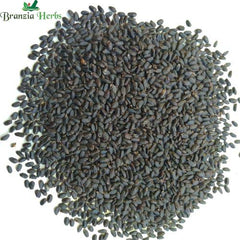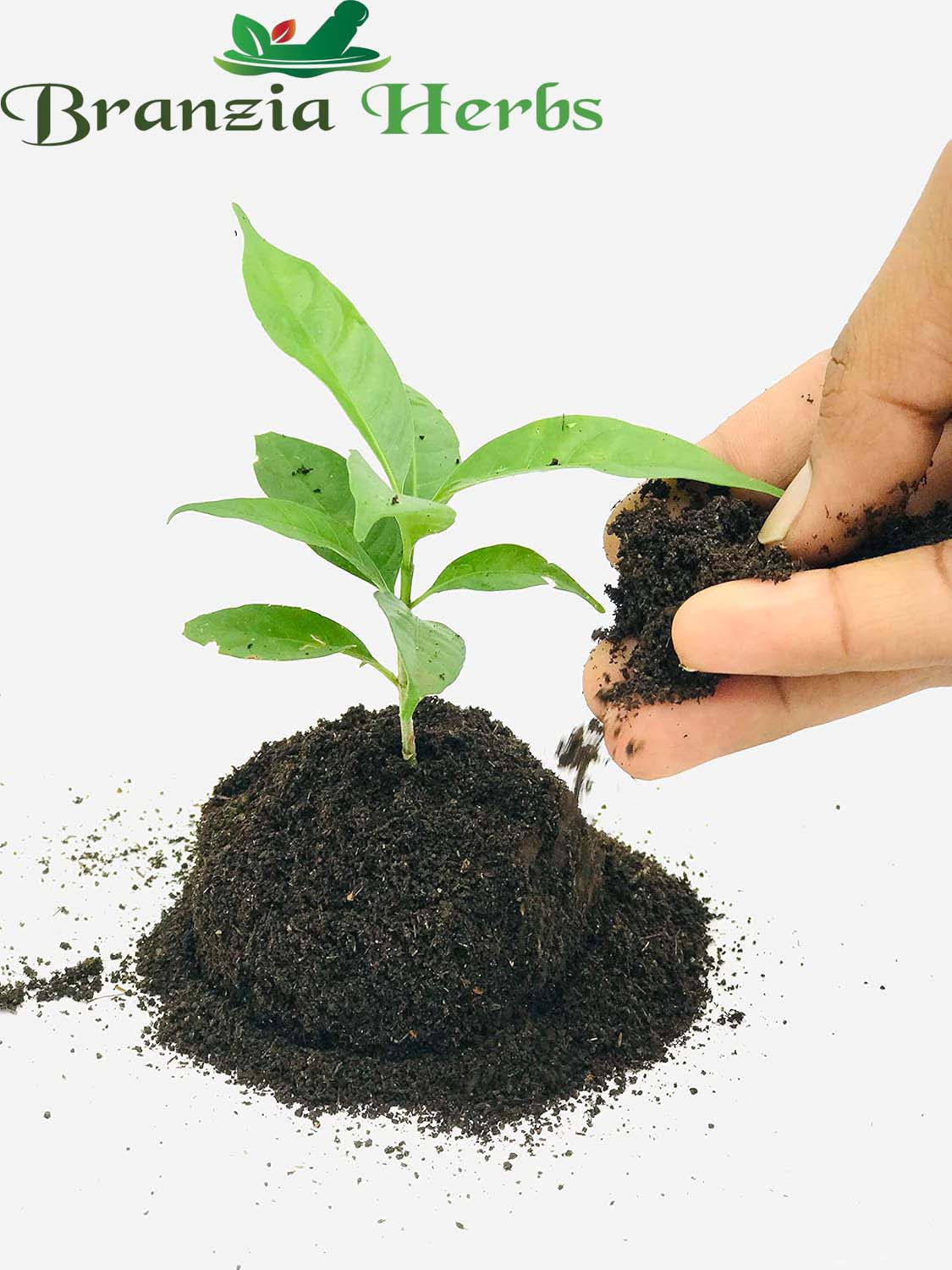Purple Basil (Ocimum basilicum 'Purpurascens') is a visually striking variety of basil with dark purple or reddish-purple leaves. This variety is prized not only for its unique color but also for its aromatic leaves, which are used in a variety of culinary and medicinal applications. Here's a comprehensive guide on Purple Basil, including its characteristics, benefits, and care:
Characteristics
-
Appearance:
- Leaves: Purple basil features vibrant dark purple or reddish-purple leaves that can range in shades. The leaves are typically smooth and glossy, with a distinctive aroma.
- Plant: The plant grows to about 30-60 cm (12-24 inches) tall and has a bushy habit with branching stems.
-
Plant Size:
- Height: Typically grows to 30-60 cm (12-24 inches) tall.
- Spread: Can spread about 30-45 cm (12-18 inches) wide.
Benefits
-
Culinary Uses:
- Flavor: Purple basil has a similar flavor to traditional green basil, with a slightly spicier and more robust taste. It's used in salads, pesto, sauces, and as a garnish.
- Color: The vibrant purple color of the leaves adds a unique visual appeal to dishes and can be used to create striking culinary presentations.
-
Medicinal Uses:
- Antioxidants: Purple basil contains antioxidants that may help protect the body from oxidative stress.
- Anti-inflammatory: The herb has potential anti-inflammatory properties that can be beneficial for overall health.
-
Aesthetic Appeal:
- Garden Decoration: Purple basil adds a pop of color to gardens and containers, making it a popular choice for ornamental and edible gardens.
- Companion Planting: It can be used to attract beneficial insects and repel pests, enhancing garden health.
Planting Purple Basil Seeds
-
Preparation:
- Seed Treatment: Purple basil seeds do not require special treatment. However, soaking seeds for a few hours before planting can improve germination rates.
-
Timing:
- Optimal Season: Plant purple basil seeds in spring after the last frost, or start seeds indoors 6-8 weeks before the last expected frost. Basil thrives in warm temperatures.
-
Soil and Location:
- Soil Type: Prefers well-drained, loamy soil with a slightly acidic to neutral pH. Ensure good drainage to prevent waterlogging.
- Location: Choose a sunny location with full sun. Basil requires at least 6-8 hours of direct sunlight daily for optimal growth.
-
Planting:
- Sowing Seeds: Sow seeds about 1/4 inch (0.6 cm) deep in the soil. Space seeds or seedlings about 20-30 cm (8-12 inches) apart.
- Germination: Seeds typically germinate within 7-14 days. Keep the soil consistently moist but not waterlogged during this period.
-
Watering:
- Initial Care: Water the soil thoroughly after planting and maintain consistent moisture until seedlings are established.
- Ongoing Care: Water regularly to keep the soil evenly moist. Basil prefers consistently moist soil but can tolerate short periods of dryness.
-
Fertilizing:
- Nutrients: Basil benefits from regular feeding. Apply a balanced fertilizer or compost at planting time and as needed throughout the growing season. Avoid excessive nitrogen, which can lead to lush foliage at the expense of flavor.
Care and Maintenance
-
Pruning:
- Trimming: Regularly pinch off the tips of the plant to encourage branching and prevent it from becoming leggy. Remove any flowers that appear to prolong the harvest of leaves.
-
Pest and Disease Management:
- Monitoring: Purple basil can be susceptible to pests such as aphids, spider mites, and diseases like downy mildew and basil blight.
- Control: Use organic pest control methods if needed and ensure good garden hygiene. Maintain good air circulation around the plants to reduce the risk of fungal infections.
-
Harvesting:
- Leaves: Harvest purple basil leaves when they are young and tender. Regular harvesting encourages continuous growth and a longer harvest period.
- Flowers: If allowed to flower, the plant will produce small white or purple flowers that are also edible. Remove flowers as they appear to focus the plant's energy on leaf production.
-
Protection:
- Winter Care: In colder climates, purple basil is typically grown as an annual. In milder climates, it can be overwintered in a greenhouse or indoor garden.
Environmental Considerations
- Climate Adaptation: Purple basil thrives in warm, sunny climates. It may struggle in cooler temperatures and should be protected from frost.
- Sustainability: Ensure planting practices are sustainable and adhere to local regulations regarding agriculture and conservation.
Summary
Purple Basil is a visually appealing herb that offers both culinary and medicinal benefits. By following proper planting and care guidelines, you can successfully grow this attractive and flavorful variety. Purple basil thrives in well-drained, sunny conditions and requires consistent moisture and regular harvesting to maintain its best quality. Its vibrant leaves add a unique touch to dishes and gardens, making it a valuable addition to any herb collection.






